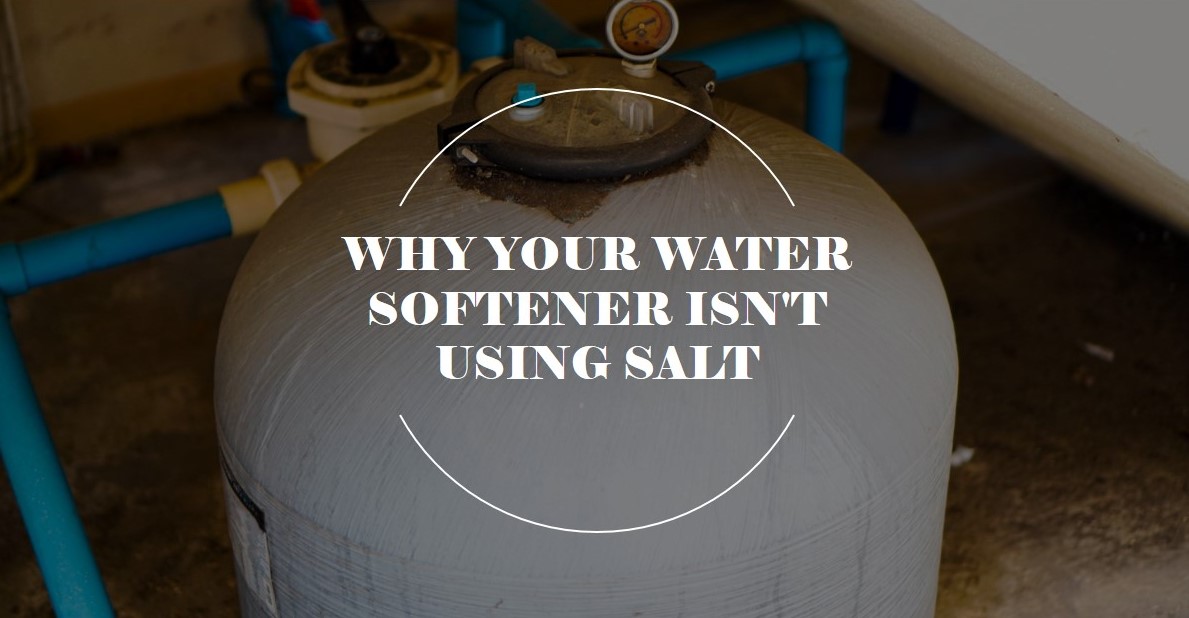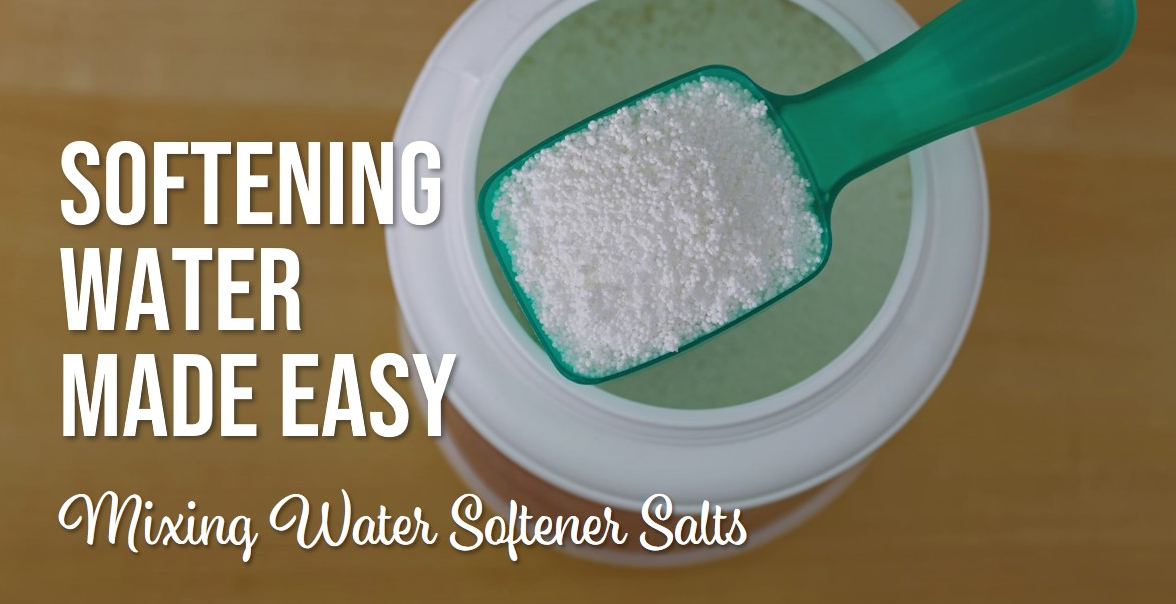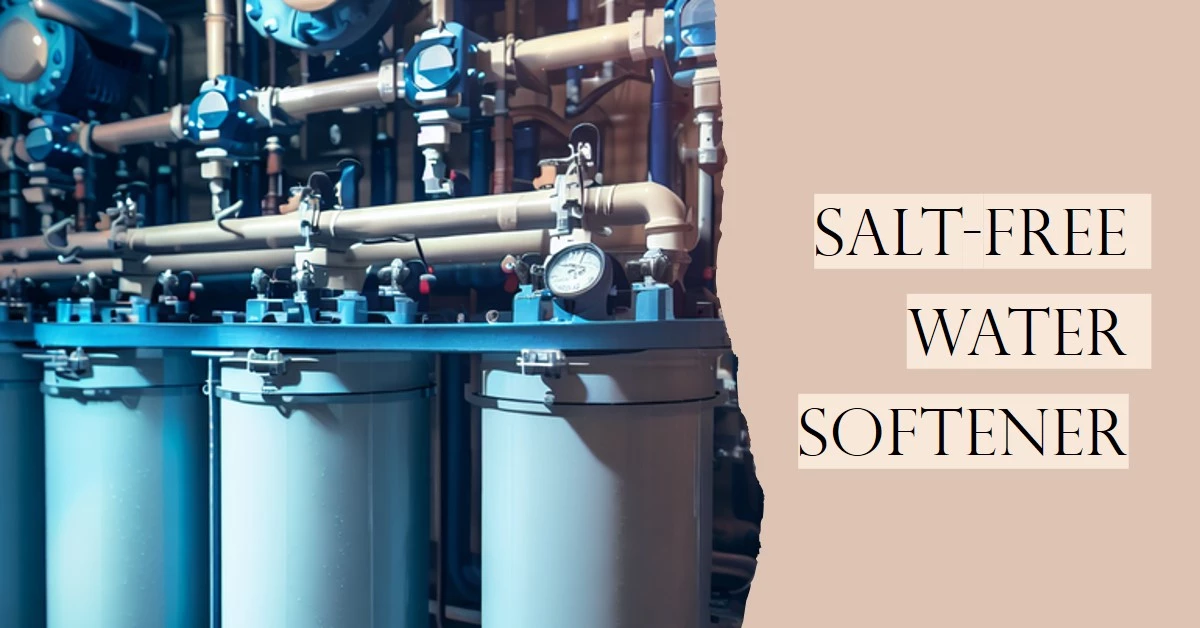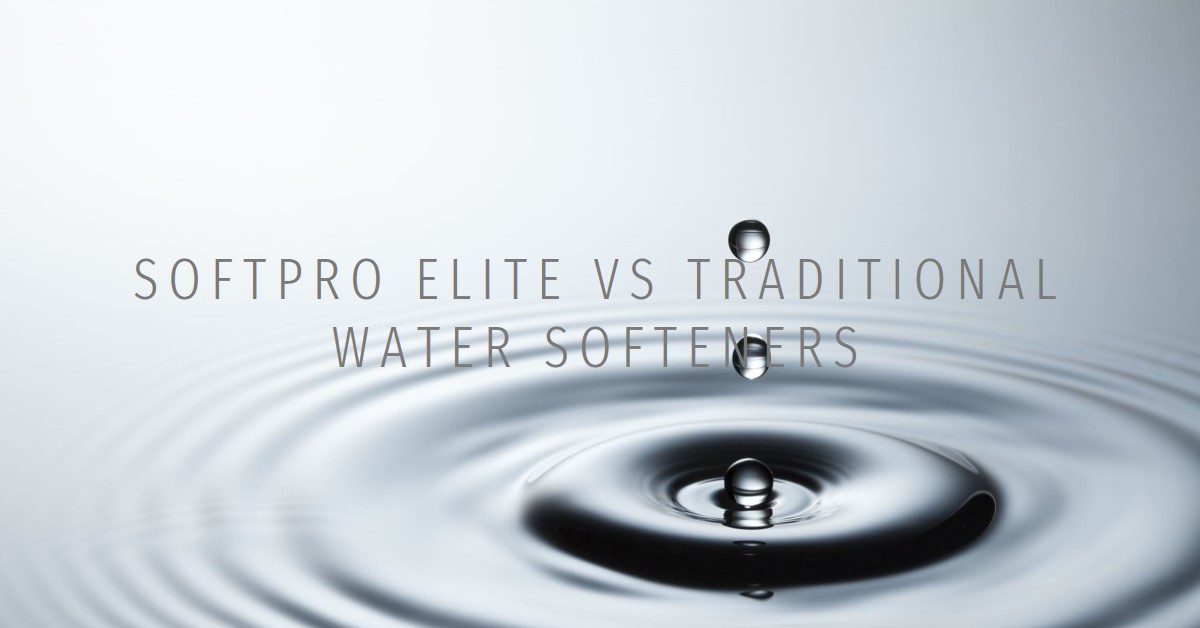If you’ve noticed your water softener doesn’t seem to be reducing hardness or using up salt lately, it likely means your unit is failing to regenerate properly. This common issue can occur for various reasons, but fortunately can often be fixed with some simple DIY troubleshooting and maintenance.
This guide will walk you through the major causes of water softeners not drawing brine and provide actionable steps to get your system working efficiently again. With a bit of inspection and repair, you can get your softener back to removing minerals and using salt as it should.
Main Reasons a Water Softener Fails to Draw Brine
There are a few key parts in the softening process that, if faulty, can prevent brine from being drawn from the salt tank during regeneration. Here are some of the most common culprits behind softeners not using salt:
Clogged or Damaged Injectors/Venturi Nozzles
The injectors (also called venturi nozzles) are small plastic fittings inside the control valve that literally inject the brine solution into the softener tank during regeneration. They create a vacuum suction that draws the saline solution from the brine tank up into the resin tank.
Over time, sediment, salt deposits, and other debris can clog up the tiny openings in the injectors, inhibiting their ability to draw brine properly. Damaged injectors with cracks or broken parts can also disrupt the brine draw.
To check your injectors:
- Turn off water supply and power to softener and remove the control valve top.
- Locate the injectors inserted into the valve body and carefully remove them.
- Inspect for any blockages or damage. Soak in white vinegar or lime remover to dissolve any built-up deposits.
- Use a thin wire or pin to gently clear any obstructions in the small holes.
- Reinsert the injectors in the valve and test softener function.
Be careful not to damage the delicate plastic when handling the injectors. If severely obstructed or cracked, replacement injector kits are available.
Tip: Slow rinses after regeneration help keep injectors clear of debris. Sanitizing the brine tank regularly also prevents buildup.
Salt Bridges or Salt Blockages in Brine Tank
Over time, the salt in the brine tank can harden and form salt bridges or mushing. This occurs when salt solidifies around the edges of the tank or clumps together preventing water contact. Hard salt blockages stop the brine from circulating and being drawn into the softener.
To check for salt bridging or mushing:
- Remove the brine tank lid and inspect the salt. Probe it with a tool and try to break up any hard clumps.
- Pour some warm water into the tank to help dissolve crystallization.
- Use a broom handle to forcefully poke the salt down, breaking up any bridges along the walls.
- Entirely empty tank and refill with fresh salt if severe blocking.
Tips: Keep the salt tank over half full at all times. Use coarser solar salt pellets to reduce bridging issues.
Malfunctioning Control Valve
The control valve houses the timer, flow meter, injectors and other components that manage the backwash and regeneration cycles. Issues here can prevent brine draw.
Check valve function by:
- Advancing the timer through a manual regeneration and listening for sounds of each cycle.
- Testing the valve motor by pushing pins on the motor gear.
- Inspecting for debris and removing/cleaning valve parts like pistons or screens.
- Checking for cracked valves or stripped gears.
Replace any damaged parts. Entire valve may need professional replacement if severely compromised.
Improper Salt Dose Settings
If the salt dose is set too low, the brine solution may be too weak during regeneration for proper ion exchange.
- Check manufacturer’s recommended salt lb/ft3 settings based on water hardness and resin tank size.
- Adjust salt dose to appropriate level using the valve programmer display.
- Test with manual regenerations and salt tests.
Increasing the salt dose strengthens brine for better softening.
Power Outages Disrupting Regeneration
If electricity to the softener is disrupted, it can’t cycle through scheduled regenerations.
- Use the valve programmer to initiate a delayed “Regen Tonight” cycle to get back on schedule after outages.
- Install a battery backup power unit on the softener to maintain settings during electrical failures.
Preventative Maintenance Keeps Softeners Working Optimally
Beyond addressing specific issues, some general upkeep steps help avoid problems like clogged parts or salt bridging down the line:
Keep the Salt Tank Full
Refilling the salt tank before it gets below half-full prevents bridging along tank walls and ensures consistent brine saturation. Check levels monthly.
Periodically Sanitize the Brine Tank
Over time, bacteria and mold can accumulate in the wet brine tank. Every 6-12 months:
- Shut off water and power to softener.
- Scoop out remaining salt and clean tank walls with dish soap and water.
- Swish 1 cup of bleach around to fully sanitize inside.
- Rinse thoroughly before refilling with salt.
Inspect and Replace Wear Parts
Parts like O-rings, spacers, and seals wear out over 3-5 years. Consult your manufacturer guide for part lifespans and replace according to schedule.
Replacing these softener components periodically saves bigger repairs down the road.
Frequently Asked Questions About Water Softeners Not Regenerating
Why is my salt tank empty but the softener isn’t regenerating?
Clogged injectors can prevent brine from being drawn even when salt is present. Remove and clean injectors so the softener can use the remaining salt.
How can I get my clogged injectors working again?
Soak injectors in white vinegar or lime remover to dissolve deposits. Use a thin wire to gently poke obstructions out of the tiny holes. Replace severely damaged injectors.
My salt keeps getting hard and blocking the outlet – what should I do?
Salt bridging is caused by moisture and pressure. Try a different solar salt pellet size or brand. Keep the tank full to reduce bridging. Add salt stabilizer to absorb moisture.
What is the best kind of salt to prevent bridging issues?
Larger solar salt pellets have less surface area, so they don’t cake together as easily. Pellet salts labeled “cube” or “pillow” are good options. Avoid powdered or compressed salt blocks.
How often should I clean and refill my brine tank?
Plan to empty, clean, and sanitize the brine tank every 6-12 months. Refill the salt to keep levels above half whenever it gets low. Add salt stabilizer to help it run smoothly between cleanings.
Get Your Water Softener Working Like New Again
A malfunctioning water softener that’s not drawing brine is frustrating, but usually indicates a straightforward problem like clogged injectors or improper salt dose settings. Following the troubleshooting tips in this guide will have your system up and running optimally again in no time.
Be sure to also incorporate preventative maintenance steps to maximize the life and efficiency of your water softener. With some periodic inspecting and cleaning, you can keep it working reliably for years to come and avoid issues like the salt not being used during regeneration.





